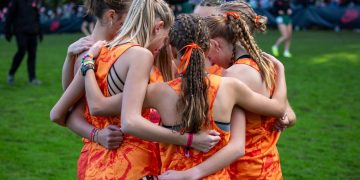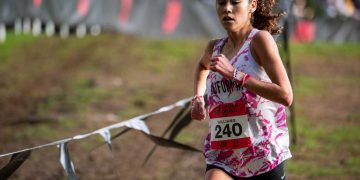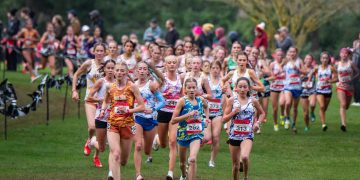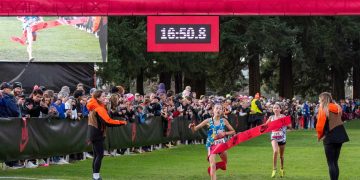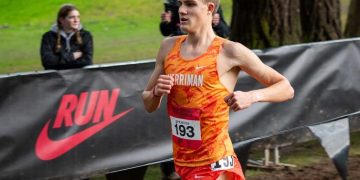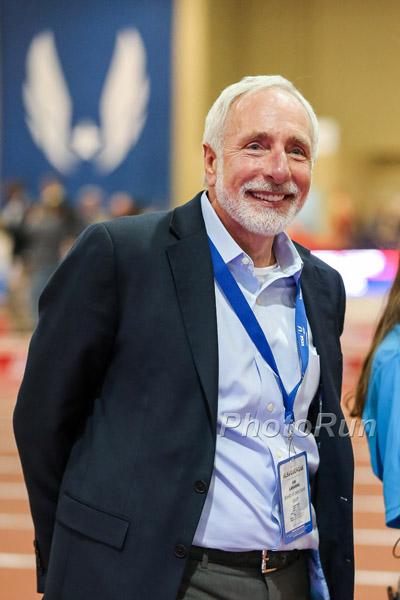 Vin Lananna, photo by PhotoRun.net
Vin Lananna, photo by PhotoRun.net
Reposted June 19, 2017
This is a story that should be read by all interested in our sport. Vin Lananna is the President of USA Track & Field. He has that ‘vision thing’ that so many talk about. Vin gets it. He understands that we have so many good things in the sport, we have to fine tune them to take the sport to the next level.
This week we will experience 100 plus degree temperatures in Sacramento. Crowds will be half of what they could be. Did you see any promotions from Sacramento? Like most hosts, they figure that real fans will come, and they need to promote to the non fans. Funny thing is, if Sacramento, or, for that matter, any one else, promoted to the real fans to bring new fans, if Sacramento had actually done that three to four months ago, they could have had a bigger crowd.
Promotion, terrestrial TV, non paid streaming video are all key in bringing more fans to the sport we all love. Instead of complaining, I am trying a new tactic, suggesting improvements. Give it a try.
Thanks to David Hunter for writing this fine piece.
Post written by Larry Eder on June 19, story by David Hunter in next section.
Vin Lananna is the President of USA Track & Field. In his time at Stanford and Oberlin, Vin continued to innovate and try new ideas. David Hunter caught up with Vin earlier today in Eugene, Oregon to discuss the future of American track & field. On the eve of the NCAA Championships, this is an appropriate article.
Vin’s Vision: TrackTown USA’s Lananna Upbeat About Domestic Track & Field
June 6th, 2017
Eugene, Oregon
On the eve of the 2017 NCAA Div. I outdoor track & field championships, Vin Lananna – President of TrackTown USA and Associate Athletic Director at the University of Oregon – was relaxed and smiling as he watched scores of hopeful athletes get their final warmups in at Hayward Field. Fueling his upbeat spirits is Lananna’s optimism about the present state and likely trajectory of American track & field.
The architect of so many the sport’s advancements is comfortable reflecting on the evolution of the NCAA championship gathering. “I grew up in a period of time when you had a men’s program only. So when [the NCAA first recognized women’s track & field in 1985] and combined the championships, I looked at it from a practical perspective. As I was coaching just men, I knew the guys would get more rest,” recalls Lananna. “But I also remember being really intrigued and enthralled by the fact that the women athletes were really good. And with the events developing – the pole vault, the triple jump, the steeplechase, and the hammer, events that women didn’t do – the progression was terrific.”
In 2015, the NCAA recrafted the championship meets presentation to separate the competition by gender. While the alteration created excitement, there was some angst about the impact on athletes doubling and tripling [e.g. Jenna Prandini, Andre De Grasse] as well as some misplaced misogynistic concerns about fan attendance on those alternating days which would offer only women’s competition. Jarrion Lawson’s triple-win performance in 2016 erased the former issue. And with attendance the last two years on female competition days actually proving superior to the attendance on the days the men performed, the latter unfounded worry was also quashed. “To be honest with you, I was probably the big pusher to make this happen. It took about 4 or 5 years to get this done. But I presented it many times before it happened,” explains the former Stanford head coach. “My thing is not so much a separation of the men’s and women’s events. I am not a proponent of for having a separate men’s and women’s meet unless there is a team score. For example, I don’t think the Olympics should separate men and women. I only promote this [gender separation at the NCAA] because it is otherwise impossible to follow it [the team scoring]. That’s what drove it. And the place to try it is a place like Eugene because you know it is going to be successful in Eugene. We know our fans are knowledgeable. I suspect some of our hardcore fans might not agree that separating the men and women is such a good idea,” confesses Lananna who nonetheless defends and is pleased with the staging decision and the outcome as it enters its 3rd year. “I think our people [Hayward fans] can watch the men and women running together and figure it out. But there are millions of people who watch it on TV who have no idea what’s going on. It’s kind of like watching a baseball game and a softball game going on at the same time and showing a couple of innings of each. It’s just crazy if you’re looking for a team score.”
Lananna – who between his high-profile head coaching stints at Stanford and Oregon served a few years as the AD at Ohio’s Oberlin College – is certain the U.S has an unmatched marquee advantage with the ever-improving elite American track & field women. “I do believe that the lowest hanging fruit we have in the sport is women’s track. I believe that it is such a marquee market – the events; the athletic performances of the women – that it makes women’s track self-sustaining. I have never doubted it for one minute. We have an incredible product that stands alone by itself. We just need to be sure we capitalize on it. I think nobody is better than the women in the U.S.”
Some track & field critics still proclaim as flawed the current NCAA format that determines team titles on the performances of “partial” team competition – not “entire” team competition. Lananna scoffs at such criticism, calls it misplaced. “Everybody measures track & field against the Olympic Games. What are people looking at? It’s very easy: they see first, second, and third. Gold, silver, and bronze. But it is also the medal count,” he explains. This [the medal count] is a U.S. issue – not a global issue,” notes Lananna, taking issue with certain individuals with personal agendas who take on ill-advised crusades to attack what works in the sport. “As a sport, track & field is not big enough to beat the heck out of the things that work. We have to embrace things that work and we have to figure out other ways to tweak them,” says Lananna. “I wish it was different, but we [track & field] are not strong enough to just scrap some things.”
Lananna – a pioneer in exploring and adding an enhanced entertainment element in domestic track & field presentations – encourages bold and ambitious thinking outside the box as track & field seeks to become more competitive on the crowded sports entertainment stage. “I think what’s really important and what I try to do is to be insular in my thinking. I try not to think that I know how to do all of these things. I want to go to the different groups that are successful in doing those things. For the world championships, we are going to bring in our camp the entertainment world. We are not going to try to do it ourselves. We are going to find out which are the groups that know how to do this. That’s how we ran the festival [for the Olympic Trials]. Why should we think we know everything about everything? We don’t. We have a unique opportunity that we need to take advantage of.” Someday might we see, say, a post-event Bruno Mars appearance in the festival area? “Whatever we’ve got to do,” adds Lananna with a smile.
Lananna – who after years of effort finally landed an unprecedented opportunity for the U.S. to host a world outdoor track & field championships – sees the host’s planning as right on pace. “I think we are in good shape with it. The city is engaged and we’ve had a lot of meetings. And we’ve shared with the various stakeholders what our plans are,” he explains. “This is not a Eugene project or even a State of Oregon project. This is a United States effort. We need to promote that as a country. We all need to hold hands. We have the opportunity of a lifetime and that is to host the world championships in the United States. The U.S. has to grab this and embrace this. Let’s make it a real home field advantage for the entire United States.”
There is no shortage of novel and innovative ideas to enhance the staging and presentation of track & field in the United States. While some proposed concepts may be too exotic and/or impractical, a good many offered approaches from a variety of sources are meritorious and deserve serious consideration. And as Vin Lananna knows, all that is needed is the courage and the undistracted focus to make such changes a reality. Dave Hunter
Author
-
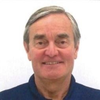
Dave Hunter is an award-winning journalist who is a U.S. Correspondent for Track & Field News. He also writes a weekly column and serves as Senior Writer for www.RunBlogRun.com, and covers championship track & field competition domestically and in such global capitals as Moscow, Birmingham, Zurich, Brussels, Beijing, Rio de Janeiro, Zagreb, Ostrava, and Doha. Hunter frequently serves as the arena or stadium announcer for championship track & field gatherings, including the Ivy League, the Big East, the Mid-American Conference, the NAIA, the Big Ten, and the Millrose Games. Hunter has undertaken foreign and domestic broadcast assignments. He ran his marathon P.R. 2:31:40 on the Boston Marathon course back in the Paleozoic Era. To find out more about Dave, visit his website: www.trackandfieldhunter.com He can be reached at: [email protected]
View all posts



